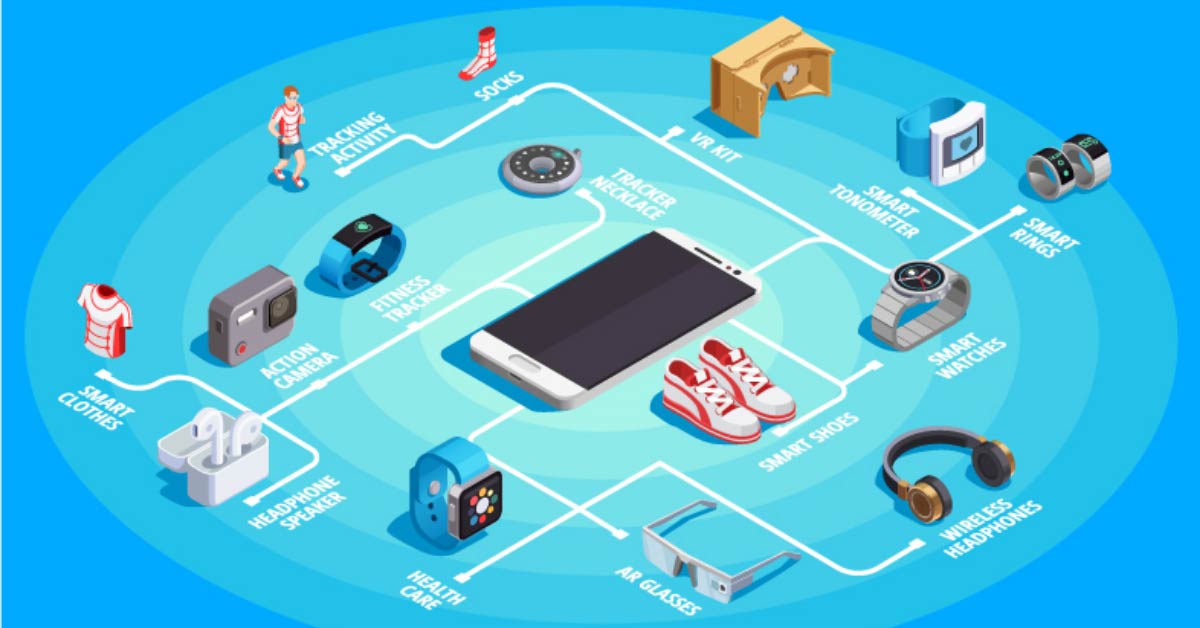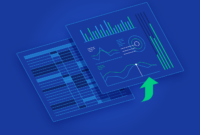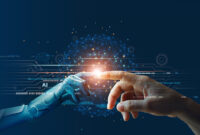How Are Wearable Devices Revolutionizing Medical IoT?
Wearable devices are at the heart of any discussion defining IoT innovation. Learn more about how IoT is revolutionizing healthcare.
Wearable devices are at the heart of any discussion defining IoT innovation. The wearable medical device market is expected to reach $14.$41 billion by 2022 versus $5.31 billion in 2016, with guests growing at an 18.3% CAGR over the forecast period (source). Technology allows users to continuously monitor health indicators and has significantly reduced the cost of prevention and monitoring.
Let’s get to know wearables better
The most appropriate definition of wearable electronics is “devices that can be worn or attached to human skin to continuously and accurately monitor a person’s activity without interrupting their movement.””
Today, a number of wearable systems, including micro capacitors, comprehensive transparent handling in a variety of industries, including textiles, large public electronics, automatic watches, workers on the go, etc. glasses. Because of this, they are now designed for a wider range of applications.
The combination of wearables and health monitoring systems aims to minimize the size of wearables, measure vital signs and send safe and reliable data via smartphone. Therefore, one of the obvious applications of wearable systems is the monitoring of physiological parameters in a mobile environment.
Use of portable devices in healthcare
A busy world has led to a life focused on shifting between different tasks. This has led most of us to ignore one of the most important aspects of our lives, “health and fitness”. A simple medical examination requires numerous medical tests, followed by prescriptions and time-consuming treatments.
1. Motion tracking
Tracking human motion has many valuable applications in sports, medicine, and other scientific fields. These applications include fall risk assessment, exercise qualification, and analysis and monitoring of people’s habits. Wearable trackers are gaining popularity around the world for their ability to accomplish all these tasks, helping users in their daily exercise and managing their businesses. They also inform users about their daily movements, such as distance travelled, so they can monitor their activity and ensure a healthy life.
2. Monitoring of vital functions
This is one of the most important IoT applications in medicine. Constant monitoring ensured patients received appropriate healthcare. More than half of wearable device users believe technology has improved mental health. Through the intelligent use of complex algorithms and their analysis, wearables promote better medical care and treatment for patients in remote areas or in places that do not receive immediate medical care.
3. Improving patient experience
With seamless connectivity between devices, patients could control room temperature, electronic devices, and even communicate with loved ones or seek medical help with just a few clicks. Even doctors can access patient information through cloud accessibility. This has made it easier for patients and medical devices to enjoy a great user experience.
1. Simple and secure connectivity
A good IoT platform should enable easy device connection and implement three-tier device management functions: data collection, data transmission to the hub, and persistent storage of observation values at the doctor’s station. These steps need to be done in the most secure way to ensure accurate data transfer and protect the data. This requires encryption.
2. Energy consumption
power consumption is one of the most important things to ensure easy management of users’ devices and long-term uninterrupted monitoring. These factors can be related to the number of parameters monitored, code performance, data preparation, encryption, and compression.
3. Usury
wearables are specifically designed for biomedical monitoring. This, in turn, assists individuals in living long and healthy lives. This point is more significant when elderly people are using the devices. Therefore, such devices must be easy to use and carry and offer users comfort. These requirements can be easily overcome by making light, small, and well-structured devices that can be used for a long duration.



